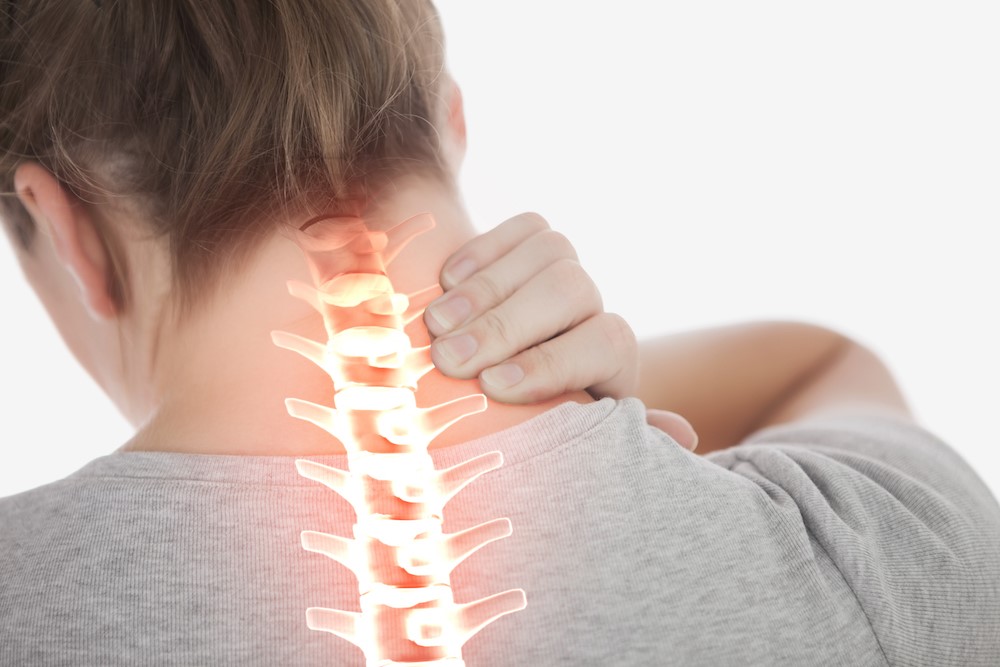Your spine is made up of 30 separate bones called vertebrae which are categorized into four regions. The uppermost region of vertebrae near the neck is called the “cervical spine,” the upper-middle region is called the “thoracic spine,” the lower back region, the “lumbar spine,” and finally the bottom of the spine is called the “sacrum and coccyx.”
These four regions of vertebrae are aligned to form the spinal column, which encircles and protects the spinal cord. If at any time the spinal column becomes damaged, there is a risk of compromising the spinal cord as well. When the spinal cord becomes compressed due to damage in the cervical spine, this is known as cervical myelopathy.
What Causes Cervical Myelopathy?
Cervical myelopathy is a condition usually due to aging. As you age, deterioration of the body begins to occur, which may cause structural changes to the spine and surrounding areas. These structural changes may cause the spinal cord to become compressed. Other reasons for spinal cord compression may be due to:
- Herniated disc – when the cushion-like discs between the vertebrae slip out of place
- Trauma – such as a whiplash injury or other trauma to the cervical spine
- Rheumatoid arthritis – inflammation due to arthritis can cause damage to the joints which results in abnormal movement of the vertebrae
- Infections of the spine
- Spinal tumors or cancers
What Are the Symptoms of Cervical Myelopathy?
Many of the symptoms of cervical myelopathy can be felt in the arms and hands, as well as other areas of the body. Typical symptoms may include:
- Muscle weakness in the arms or hands that causes difficulty in grasping or holding objects
- Numbness or tingling in the arms, hands or fingers
- Difficulty with fine motor skills which require the use of fingers
- Difficulty in balancing and poor coordination
- Neck pain and stiffness
How Is Cervical Myelopathy Diagnosed?
After reviewing your medical history and performing a physical exam, your doctor will order imaging tests to determine if your symptoms are due to cervical myelopathy. These tests may consist of:
- X-rays
- CT scans (computerized tomography)
- MRI scans (magnetic resonance imaging)
What Is the Treatment for Cervical Myelopathy?
Treatment options for cervical myelopathy vary depending on your age, overall health, and symptoms. If your case is mild you may be able to achieve relief with conservative treatments, but if your symptoms are severe, you may need surgery. Examples of these treatments are:
- Physical therapy – to help strengthen and provide more flexibility to the neck
- Pain medications – a good short-term solution, although not sustainable
- Wearing a neck collar – for a period of time to limit neck motion
- Surgery – such as laminoplasty or laminectomy (to help widen the spinal canal) or spinal fusion (meant to stabilize the spine if there have been structural changes)


